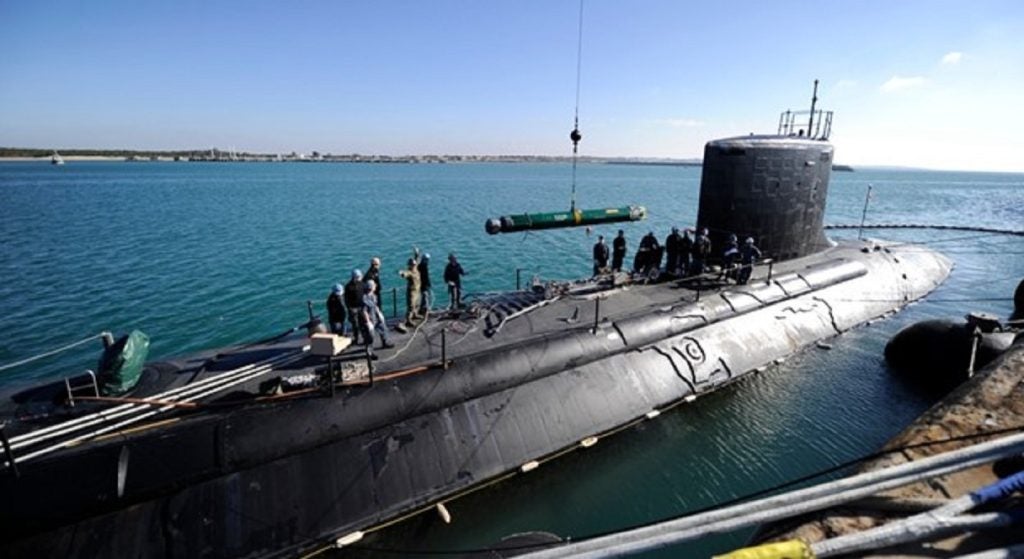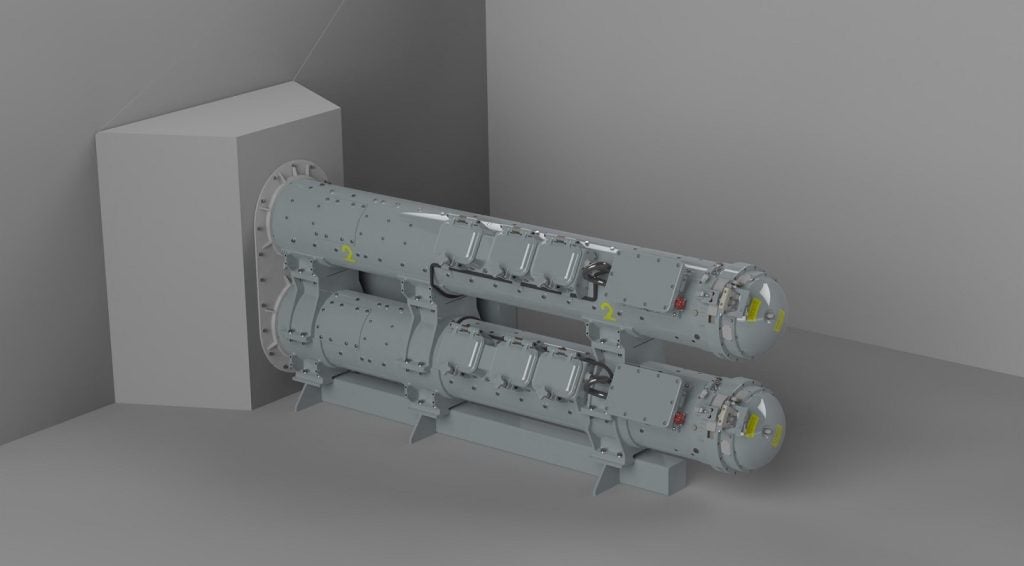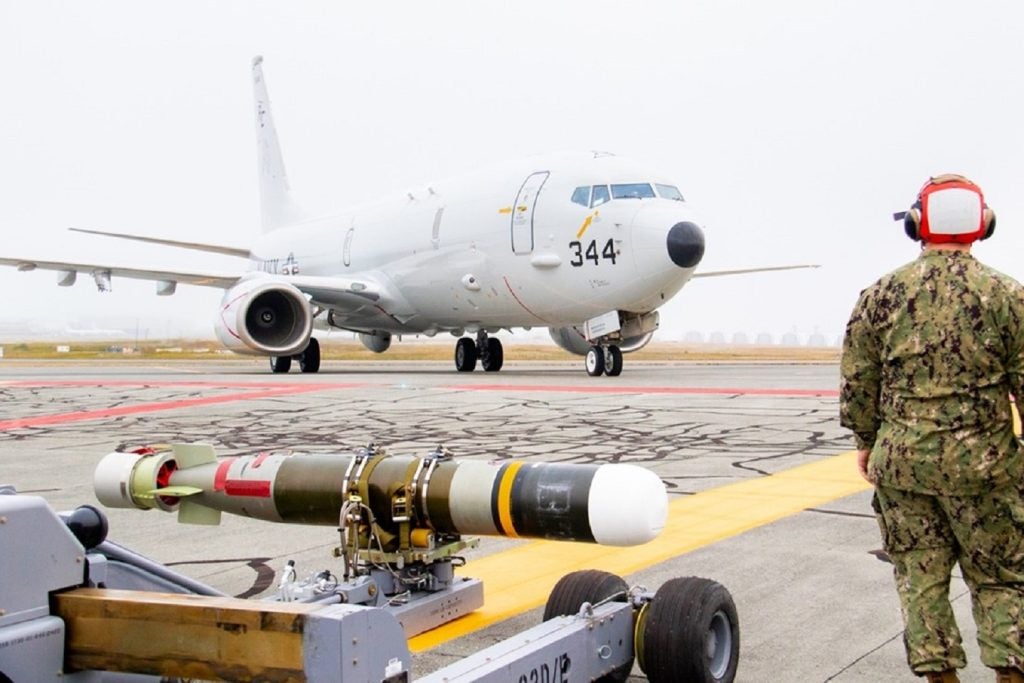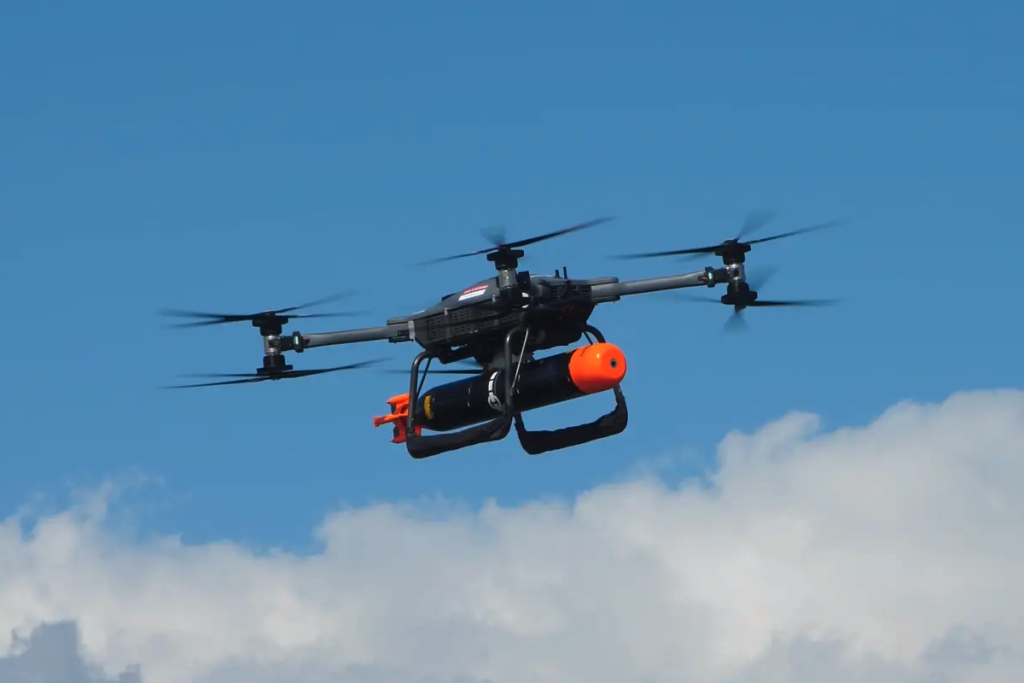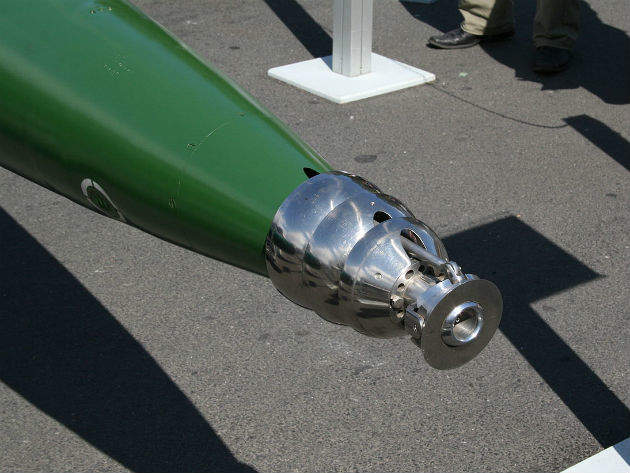

First developed into a workable design for the Soviet navy during the Cold War, the concept of supercavitating torpedoes has fascinated military engineers ever since, although little practical headway seems to have been achieved subsequently, aside from a number of stalled projects and aborted attempts over the years.
Now that may be about to change with the news that Russian scientists are once again looking at supercavitation and Iran is apparently getting in on the act, too. Back in October 2016, accounts began to appear of a programme to develop a new weapon named Khishchnik (‘Raptor’), while on 7 May this year, Iranian forces reportedly test fired a Hoot high-speed torpedo – thought to be a reverse-engineered version of the original Soviet design – in the Strait of Hormuz.
It seems 230mph super-torpedo technology could be set for something of a revival.
What a drag
The speed of any torpedo is constrained by two fundamental factors – its method of propulsion and the laws of physics. Conventional versions are driven by propellers or pumpjets and although the fastest of these are undeniably swift, and considerably quicker than most ships, in the world of weapons where even the humble bullet flies supersonic, they are definitely more tortoise than hare.
One obvious way around that is to change the method of propulsion; swap electric motors and propellers for a rocket engine, and at a stroke you turn your torpedo into an underwater missile. The only problem is, doing that runs you headlong straight into the laws of physics, and that is a drag – quite literally.
How well do you really know your competitors?
Access the most comprehensive Company Profiles on the market, powered by GlobalData. Save hours of research. Gain competitive edge.

Thank you!
Your download email will arrive shortly
Not ready to buy yet? Download a free sample
We are confident about the unique quality of our Company Profiles. However, we want you to make the most beneficial decision for your business, so we offer a free sample that you can download by submitting the below form
By GlobalDataDrag is the counter force that acts against any object moving through the water, and the greater the velocity, the greater the drag, which means that the constraints of fluid dynamics impose an effective speed limit of around 50 knots. Now, while as the Starship Enterprise’s fictional chief engineer Montgomery Scott was wont to say, “you cannae change the laws of physics”, you can sometimes get around them, and in this case, that involves wrapping your torpedo in a giant bubble of gas.
Supercavitation
The fundamental idea behind supercavitation is surprisingly simple. When water is forced around an object, such as a ship’s propeller, at high speeds the pressure drops around the trailing edge, and if it drops below the water’s vapour pressure, bubbles are formed in a process known as cavitation. Traditionally, it has been a problem for engineers because when the bubbles strike the propeller itself they then implode, damaging the material and leading to serious cavitation erosion over time.
However, in the late 1940s Soviet scientists began to wonder if by deliberately manipulating this effect to create a huge, sustainable mega-bubble, and then encasing a torpedo body within it as it hurtles through the water, hydrodynamic drag could be largely overcome. Two decades and six prototypes later, their work was to see practical supercavitation realised, and the emergence of a new weapon class, capable of remarkable submerged speeds.
Soviet Squall
For the Shkval (‘Squall’), which entered service in 1977, this was achieved by a specially designed flat nose cone, which deflects water outwards and initiates the supercavitaiton bubble. The envelope is then further extended and sustained by gases from the torpedo’s engine. Fired from standard 533mm torpedo tubes at a conventional 50 knots, the Shkval’s solid fuel rocket booster subsequently ignites and accelerates it to supercavitating speed, before a hydrojet sustainer kicks in to propel it on the final part of its way to the target.
Despite the obvious appeal of the technology, supercavitating torpedoes do have some major limitations. The need to keep as much of the torpedo body as possible out of contact with the water means that steering surfaces cannot protrude far out of the cavity, so course corrections are difficult, and any major change of heading would force part of the body out of the bubble, instantly increasing drag, and risking collapsing it altogether. Although with a maximum range of just 15km, the short transit time to target mitigated this potential problem in the Shkval, it could be more challenging for any torpedo intended to be fired from further away.
Additionally, rocket and hydrojet propulsion at velocities in excess of 200kts involves a huge amount of vibration and a great deal of noise. While a submarine firing a torpedo capable of that kind of speed probably has little to fear from a counterattack from its target, it will have betrayed its position very loudly to any other enemy vessels in the area and moreover, all that background racket renders the weapon itself as deaf as the proverbial post. Using any type of sonar guidance at supercavitating speed is clearly a complete non-starter.
Enduring appeal
Nevertheless, the appeal of this submarine super-weapon is proving to be an enduring one for countries on both sides of the old Cold War divide.
In 2004, Diehl-BGT Defence announced the start of a supercavitating technology demonstrator programme in cooperation with the German Navy. Barracuda was intended to have both submarine and surface launch capabilities, and be able to travel along both straight and curved attack paths, although ultimately the programme ended without producing a deployable weapon.
Two years later, the US Defence Advanced Research Projects Agency (DARPA) commissioned General Dynamics to look into the technology. It seems that they were exploring the possibility of overcoming the sonar limitations by changing the design of the cavitation disc, altering the location of the transmitters and developing special noise-cancelling filters to cut out interference from the engine. Just how far they got along that particular track remains unknown, except to say that the project folded after a year, and US research into the technology effectively came to a halt five years later, in 2012.
Rise of the Raptor
Little is officially known about the new Russian Khishchnik, but there has been speculation that it will set out to overcome two of the principal shortfalls in the previous Shkval design – range and guidance.
Developing the Shkval’s hydrojet – essentially an underwater ram-jet burning a hydro-reactive metal fuel – back in the 1960s was arguably then as difficult a technical challenge as managing the supercavitation itself. While it enabled the weapon to outrun even the fastest conventional torpedoes four or five times over, it left it with less than a third of the range enjoyed by the best American versions. Hailed as the ‘killer of aircraft-carriers’, in reality Shkval required a launching submarine to penetrate so far into the carrier group’s anti-submarine coverage area that its own survival would have been put in question.
Roll on fifty years, however, and improved motors and better fuels could give the next generation of supercavitating torpedoes perhaps ten times that range, and possibly ten times the speed. Add to that a guidance system along the lines of what the DARPA/General Dynamics programme envisioned and the Khishchnik would be a very potent beast indeed.
It remains to be seen whether this latest Russian project ultimately succeeds, or falters like others before it, but if it does, there will be some very big ticks appearing on those wish lists, as the world’s navies set out to arm their warships of tomorrow.



